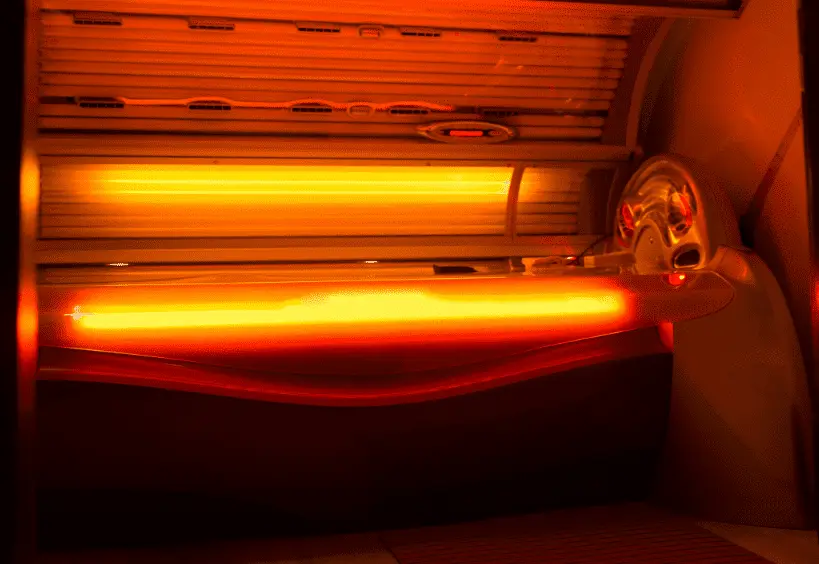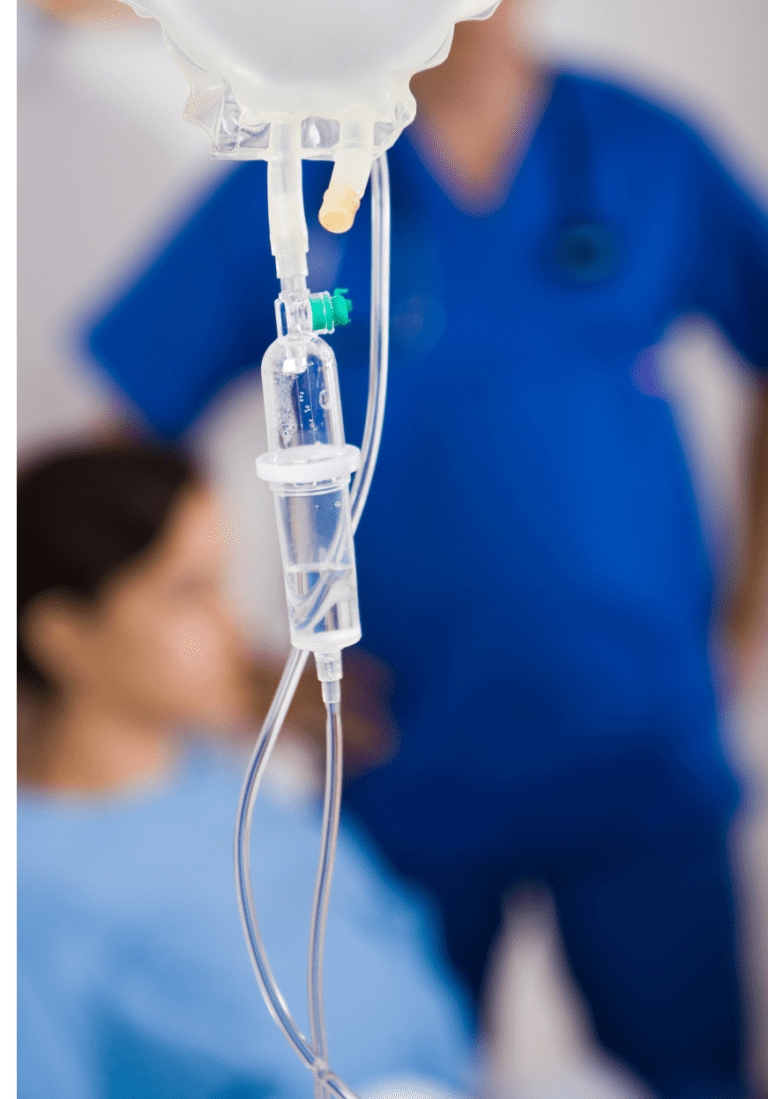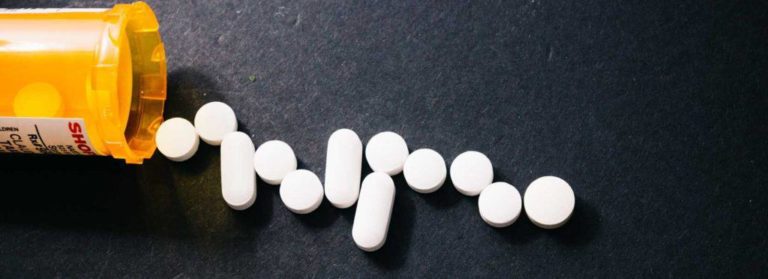Overcoming a meth addiction can be more than just challenging; it can be uncomfortable and tiring. However, it is possible, especially with the help of professional addiction treatments like red light therapy. Although it may seem unorthodox, red light therapy offers users a number of significant benefits in treating addiction, including a meth addiction.
What is Meth?
Methamphetamine is a central nervous system stimulant that is highly addictive. It is made up of white, odorless, bitter-tasting crystalline powder that’s easily dissolved in water or alcohol. A pleasurable sense of well-being or euphoria, increased activity, decreased appetite, and a chatty nature are all results of using this drug. Methamphetamine, being more potent than amphetamine, enters the brain in greater amounts, causing it to be a more powerful stimulant. Its damaging effect on the central nervous system, in addition to its extended lifetime and potential for abuse, makes it a drug of high concern.
The Effects of a Meth Addiction
Meth — the shortened term for methamphetamine — is a powerful and extremely addictive substance. As a drug, it is classified as a stimulant. This means that meth will accelerate brain activity when consumed by a user. In doing so, meth consumption produces numerous effects, including a burst of energy, heightened alertness, and increased sensitivity. By enhancing and accelerating these functions, meth consumption can also cause rapid or irregular heart rates, increased blood pressure, and hyperthermia.
Meth and the Human Brain
When used repeatedly over a prolonged period, meth use also has a significant effect on the human brain. Once consumed, meth causes a large release of dopamine in the brain. When released, this important chemical causes a person to experience feelings of pleasure and reward.
However, the consistent meth use that takes place while a person is living with a meth addiction damages this vital function. Once damaged, the brain has essentially been rewired to seek and support addictive behaviors, making a person more likely to seek and have little control over the desire for immediate, often unhealthy pleasures and behaviors.

Red Light Therapy for Meth Addiction
Fortunately, there are a variety of proven and effective treatments and therapies for meth addiction. One of these is red light therapy. Though it may seem strange at first, the science behind red light therapy assures that it can offer former meth users several significant benefits.
Ready to Learn More?
Download Our Free Addiction Treatment eBook today!
"*" indicates required fields
History of Red Light Therapy
Red light therapy and light therapy, in general, were originally invented by a Danish physicist back in the early 1900s. The physicist, Niels Ryberg Finsen, discovered that exposure to certain kinds of light could help treat people suffering from skin tuberculosis. Since then, light therapy has been further researched and utilized well beyond Denmark. In fact, NASA adopted it decades later to help grow plants in space and keep their astronauts healthy.
How Red Light Therapy Works
The success of red light therapy is due to how light travels. All light — no matter the color — travels in wavelengths. However, red light in particular has a wavelength that allows it to more deeply penetrate human skin. In doing so, red light provides greater energy to skin cells, who use it to increase their overall cellular function to grow and reproduce.
Red light therapy is not as harmful as UV light therapy, so there is less of a risk of burns. It also uses a low level of heat that does not harm the skin in any way. In addition to collagen production and skin health, red light therapy has been proven to help with joint pain, muscle recovery, and inflammation, as well as a variety of other health problems.
In early recovery, many individuals suffer from post-acute withdrawal symptoms, or PAWS. Red light therapy offers advantages in all these areas, including reduced pain, swelling, and stiffness, as well as inflammation, trouble sleeping, restless leg syndrome, and muscle aches. Bone and tissue injury recovery has also been shown to improve, as well as wound and burn healing. Red light therapy, in addition to cleaning scars or opening wounds on the body, is effective when recovering from common sports injuries like wounds and tears.

Benefits of Red Light Therapy for Meth Addiction
By increasing cellular function, red light therapy offers multiple benefits in treating individuals living with a meth addiction. These benefits include:
Healthier Skin
In providing skin cells with more energy, red light therapy helps make skin healthier and look better. For many former meth users, this can help provide them with a boost of self-confidence, making them look and even feel better than ever.
Improved Sleep and Sleep Schedule
Exposure to bright light during red light therapy sessions can also help with improving sleep and sleep schedules. Many individuals living with meth addiction often find it hard to sleep once becoming sober. However, the lights in red light therapy can help reinforce subconscious understandings of waking hours and non-waking hours, making it easier for the body to get sleep and know when to sleep.
Increased Energy
Red light therapy increases the energy in skin cells. Oftentimes, this translates into the body as a whole. With an overall increase in energy, individuals recovering from a meth addiction have more energy to help maintain their commitment to their sobriety.
Improved Mental Health
By improving one’s skin, promoting healthier sleep, and providing more energy during the day, red light therapy can also help improve an individual’s mental health. This is especially important. Having a positive mental attitude is one of the best ways for a person with a meth addiction to maintain their commitment to their sobriety.
Importance of Holistic Therapies in Treating Addiction
The holistic approach of complementary therapies, such as red light therapy, helps clients focus on both body and mind, and on the connections between them. Some of the skills and techniques learned in complementary therapies can help people overcome their addiction and focus on long-term recovery.
Complementary therapies are an important part of our treatment programs at Knoxville Recovery Center, working in conjunction with our traditional individual and group therapies offered by our therapists and counsellors. We offer a variety of complementary therapies to cultivate the mind-body connection, including mindfulness, art therapy, and yoga, which are popular among our patients.
Interested in Red Light Therapy for Addiction Treatment?
If you or a loved one is currently living with a meth addiction or any other kind of addiction, professional help is available near you! At Knoxville Recovery Center, our team of addiction specialists offers a variety of effective addiction treatments and therapies, including red light therapy.
Services offered:
Detox – Our on-site detox clinic accommodates and supports clients as the body sheds all residual traces of addictive substances. Clients are under medical supervision during the detox process to ensure that they remain safe and comfortable.
Addiction Treatment – During our addiction treatment program, clients will engage in introductory therapies and exercises that work to prepare them for continued, more intensive treatment outside of our facility. The goal of our addiction treatment track is to stabilize clients so that they are treatment-ready.
Mental Health Treatment – Our mental health treatment program introduces behavioral therapies rooted in self-expression and holistic exercise. Art therapy, music therapy, and yoga are just a few forms of therapy we offer at the center. Our goal is to help the client reclaim their voice and expose them to treatment within a professional facility.
Aftercare Planning – Aftercare is designed for individuals who have benefitted from our introductory addiction services and are transitioning into a more intensive addiction treatment program. Once a client is stabilized, they will be encouraged to pursue continued addiction treatment. Our experienced case managers will then work with our clients to place them in a program that addresses their specific wants and needs.
If you feel that you or a loved one is struggling and needs help, or if you’re curious about red light therapy, our specialists are on standby and ready to help. Call Knoxville Recovery Center and speak with an expert today.








